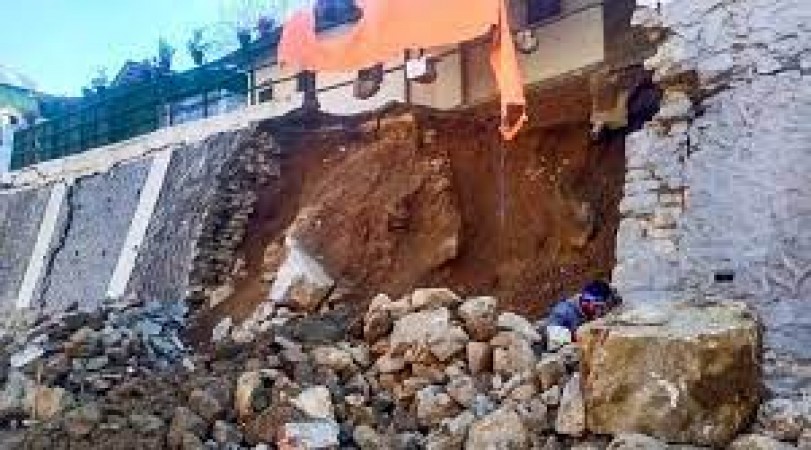
Due to landslide in Joshimath, approximately 1200 houses are in high risk. There are 14 such pockets on the mountain, where all these houses are built and are not at all safe to live in. A map has been prepared for the buildings falling in the high risk zone. CBRI has also recommended rehabilitation in the report submitted to the government after the survey. After last year's landslide in Joshimath, technical action was taken at different levels by various technical institutes. The scientists of CBRI Roorkee also completed the threat assessment based on the cracks in the houses built on the mountain and cracks in the ground.
The buildings were divided into three categories: Scientist Dr. Ajay Chaurasia has said that during the survey, the cracks in all the buildings were assessed using different parameters. Geological reports for underground cracks were also assessed. On the basis of which the buildings were divided into three classes. 14 high risk zones have been identified during the survey.
These zones are in the form of pockets on the mountain, where the buildings built are in danger of habitability. The high risk zone is located in Marwari Bazaar, Lower Bazaar, Upper Bazaar, Manohar Bagh and Singhdhar. Recently the physical survey of Joshimath has also been completed. He said that out of approximately 2500 buildings, 1200 buildings have been kept under high risk. Rehabilitation of the people living in these buildings was also recommended.
If you want to buy a car with sunroof, then these 5 best options are available in the market
Revolt Motors launches RV400 BRZ electric motorcycle, price starts from Rs 1.38 lakh
There may be a record growth in the passenger vehicle segment in FY2024, this figure may touch!